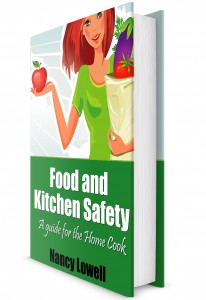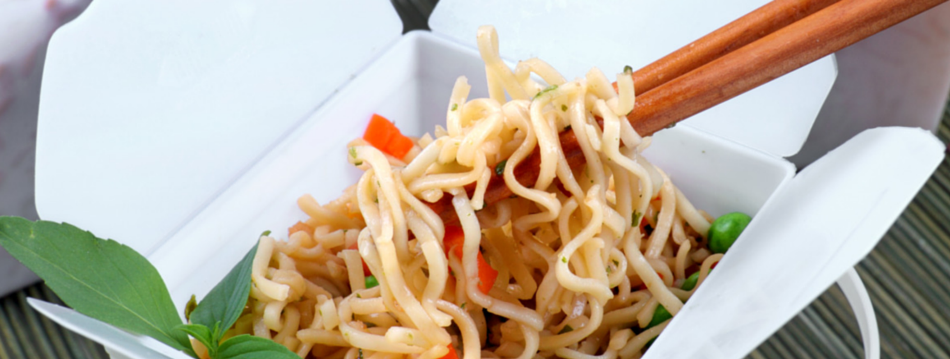Are you cooking safe?
- Do you defrost your frozen food on your counter-top?
- Are you still washing your chicken?
- Do you understand why it’s safe to eat steak rare, but not hamburger?
- Do you believe that cooking your chicken extra well done makes it even safer?

I have been immersed in the world of food safety for many years. As a restaurant owner, a culinary school student, and a worker in restaurants, food service, catering and food retail, I have been schooled in Food Safety more than almost anyone I know. I have seen people do some nutty things, some unnecessary things, and some downright risky things in the kitchen! I know that no one does these things intentionally, but if you don’t know, you probably guess, or don’t really think about it, and hope no one gets sick.
There really aren’t many resources available for home cooks to find out the best and safest ways to operate in their home kitchens. This is one area where being a neat freak is only half the battle.
If you’re not handling food properly, I don’t care how clean your floors are, you’re putting your family at risk.
I often joke about my 24 hour hotline for cooking questions, but I decided the time had come for me to share in a concise and easy to understand format, everything you need to know to buy, transport, store and prepare food safely. If you want to start making sure your food is safe, please check out my new book addressing just that; Food Safety; A Guide for the Home Cook. That and an insta-read thermometer are all you need to start making sense of proper food preparation practices.
With these two tools you’ll know that defrosting food on the counter top can be risky if your food will take more than two hours to defrost, and you’re not going to cook it right away. My book outlines the three recommended ways to safely defrost food, the safest of which is in your refrigerator.
We’ve all heard about e-coli, and some people have given up eating steaks and roasted meat rare, which is completely unnecessary; e-coli bacteria live only on the surface of beef, so when you cook whole pieces of meat you will reach a safe temperature on the outside way before the inside is cooked rare. Hamburger, or any ground beef when it is ground mixes the surface and inside of the meat, potentially contaminating the whole batch. Those things need to be cooked to a temperature of 165º!
Want to know when to take that expensive cut of beef out of the oven to make sure it’s a perfect, pink, rare? Pull it from the oven at an internal temperature of 115ºF, then loosely cover it with foil or a dish towel, and let it rest for 10-15 minutes, during that time the temperature will rise another ten degrees, and your roast will be cooked perfectly! All roasts need that rest time before you slice into them anyway so the juices can redistribute through the meat; cut them too soon and all the juices will run out, leaving you with grey meat, even if it is rare.
To cook your chicken safely it needs to reach an internal temperature of 165° F, cooking it more won’t make it any safer; salmonella is killed at 165º, so there is no need to cook it any more than that. Always check the temperature of the thigh meat, as that is the densest part, and will be the last to reach the proper temperature. Let’s bring back the juicy chicken!
Don’t worry, I haven’t given away the ending, there is still much more content than I could fit into this post. If you or someone you know could use some helpful tips on getting food home from the store in the heat of summer, or how to make sure your counters are really clean, this book explains it all.
Happy reading!





.jpg)




